Henley Halebrown, Morris & Co and Piercy & Co among practices working on five-block development which will see the demolition of Feilden Fowles’ office
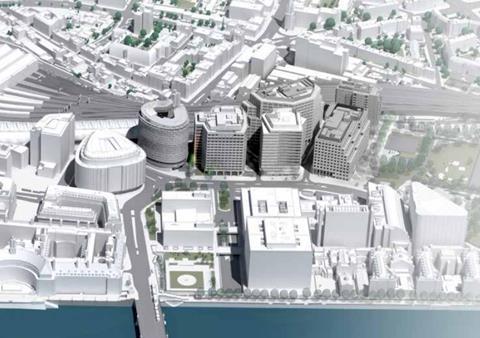
AHMM’s plans to demolish Feilden Fowles’ office near Waterloo station and replace it with a huge five-block mixed-use development have been unanimously approved by Lambeth council.
The 5.5 acre Royal Street scheme, which neighbours St Thomas’ hospital, will see the creation of a new life sciences district along with residential and office space in buildings ranging from 12 to 16 storeys in height.
Other practices working on sections of the AHMM masterplan include Henley Halebrown, Morris & Co and Piercy & Co. The single storey office used as the main base of Building Design 2021 Architect of The Year winners Feilden Fowles is located on the site and is among several buildings set for the wrecking ball.
The practice is part of the wider design team and is behind plans for a sixth plot on the site which will see the railway arches of the 19th century Waterloo viaduct converted into office space.
Other buildings facing demolition include the 1957 Corbusier-inspired Canterbury House, designed by St Thomas’ Hospital architect Leslie G Creed, which was described by the Twentieth Century Society as “sophisticated” and an “excellent example of a 1950s slab block”.

The 14-storey Stangate House, designed by William Fowler Howitt and built in 1964, will also be flattened. C20 said the “well-proportioned and detailed” building was a good example of post-war housing.
Becket House, a 1974 polished granite-clad office building designed by Yorke, Rosenberg and Mardall (YRM), will be substantially expanded under plans by Morris & Co with two trapezoidal wings added to the block’s east and west sides.

C20 unsuccessfully lobbied Historic England to get all three buildings grade II-listed last year, but the latter concluded they were not listable and recommended certificates of immunity.
A grade II-listed sculpture by Bernard Schottlander called ‘South of the River’, which is currently located next to Becket House, will also be relocated to the corner of Royal Street and Lambeth Palace Road.
The plans will replace the site’s existing 129 private rented homes with 133 new homes, 50% of which would be affordable, along with 160,000 sq m of office space, around 4,000sq m of retail space and a 650 sqm gym.
The intention is to create a mixed-use development to support a lifesciences innovation hub focusing on medical technology, a proposal backed by a partnership between King’s College London, King’s Health Partners and Guy’s and St Thomas’ NHS Foundation Trust.
Lambeth’s planning officer said the scheme had been designed to a “very high standard by leading architects”, but admitted it would cause townscape harm to nearby heritage including the Palace of Westminster World Heritage Site, Lambeth Palace and Archbishop’s Park.
The scheme will now be referred to the Greater London Authority for stage two approval by the London mayor.
But it will also need final sign off from communities secretary Michael Gove, as Historic England has held up an objection over the scheme’s heritage impact.
Westminster council also said the plans would have an “unacceptable” impact on the setting and views of the Palace of Westminster, while the International Council on Monuments and Sites (ICOMOS) said it would “compromise the stature” of Big Ben by obscuring the sky in views looking south.
In May, Gove’s predecessor Greg Clark called in Make’s plans for a huge redevelopment of the former ITV studios on the Southbank, located about 1km north of the Royal Street site. A public inquiry into the scheme overseen by the planning inspectorate is currently ongoing.









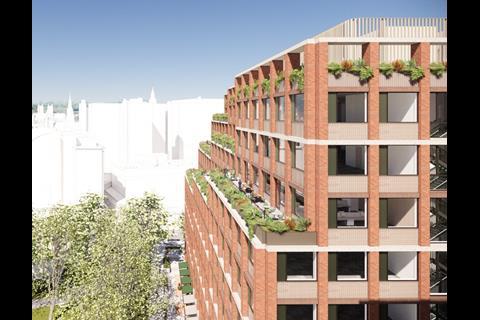
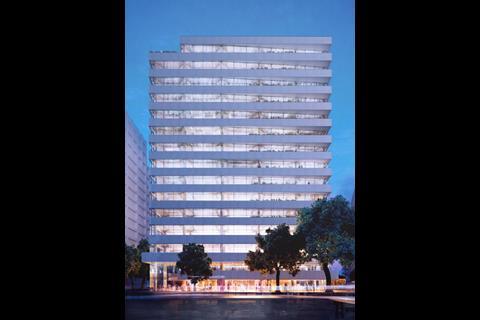
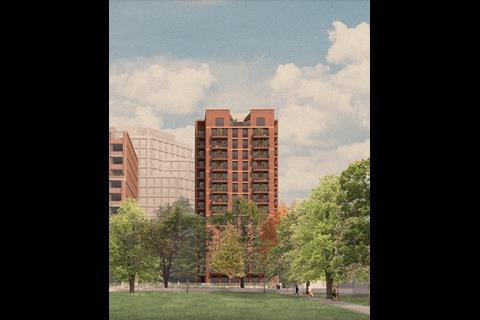
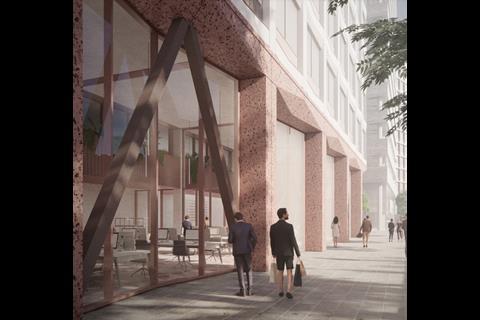
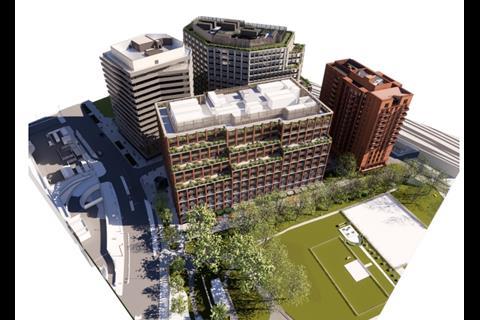







2 Readers' comments